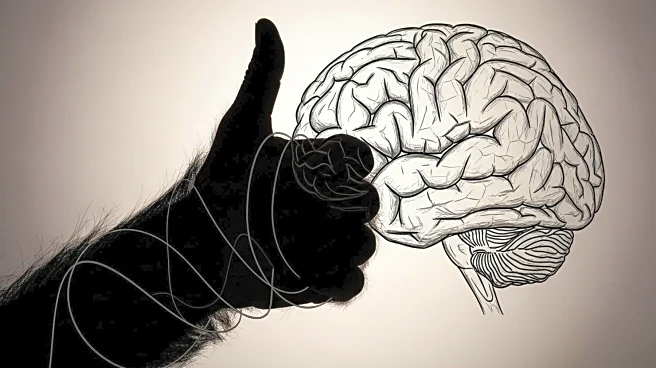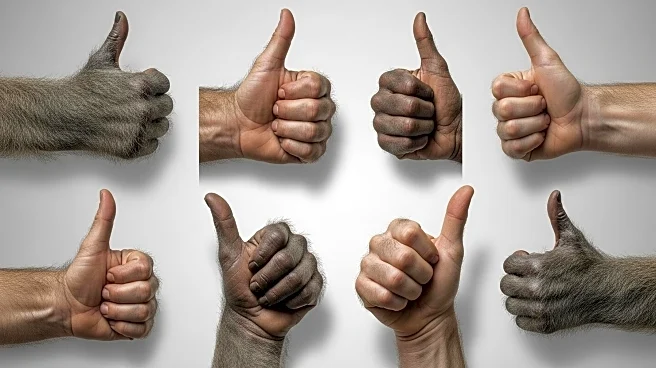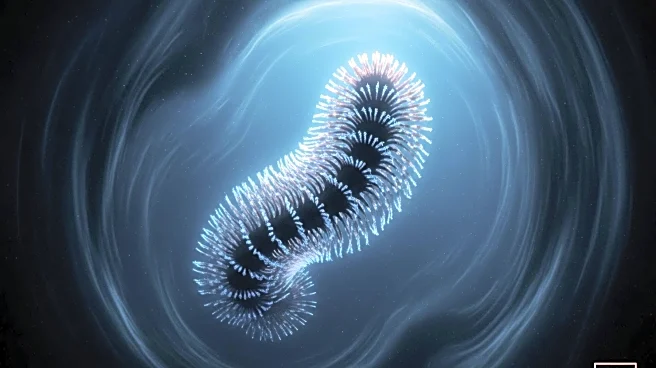What's Happening?
Researchers at the University of Reading have discovered a link between thumb length and brain size in primates. The study, published in Communications Biology, found that species with longer thumbs, which aid in gripping objects, tend to have larger brains. This correlation suggests that manual dexterity and brain evolution are interconnected across the primate lineage. The research also indicates that longer thumbs are linked to brain regions responsible for sensory processing and cognition, rather than movement.
Why It's Important?
This study provides new insights into the evolutionary relationship between physical traits and brain development. Understanding how manual dexterity influences brain size can shed light on the evolutionary pressures that shaped human cognition and consciousness. The findings may also have implications for studying the development of fine motor skills and their impact on cognitive abilities. By exploring the connection between physical and neural evolution, scientists can better understand the factors that contributed to the development of complex behaviors in primates.












